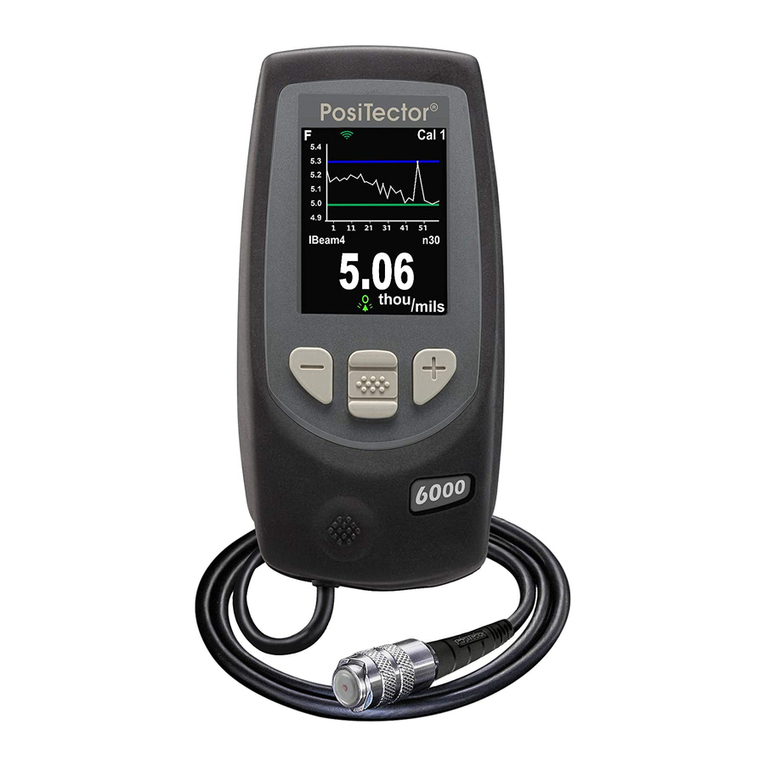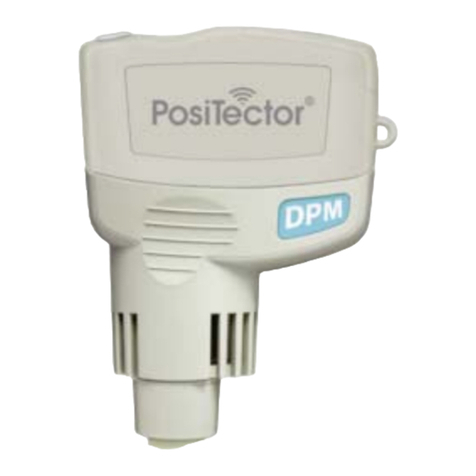4
Surface Conditions
Surface Conditions
Ultrasonic measurements are affected by the condition,
roughness and contour of the surface to be tested.
Measurement results may vary on coarse surfaces. Where
possible, it is recommended to seat the transducer on a smooth
flat surface that is parallel to the opposite side of the material.
On rough surfaces, the use of a generous amount of couplant
minimizes the surface effects and serves to protect the transducer
from wear, particularly when dragging the probe across a surface.
On smooth, uncoated metal surfaces the Gage
(in multiple-echo mode) may occasionally be unable to give a
measurement result even when the "coupled" symbol appears.
Use additional couplant and lighter pressure on the probe when
measuring. Alternatively, laying a plastic shim on the surface with
couplant applied to both sides to simulate a painted surface will
help produce a steel-only thickness measurement (multiple-echo
mode). Switching the Gage to single-echo SE mode (see pg. 9)
will also help produce a steel-only thickness measurement.
UTGM Probes:
When the probe senses echoed ultrasound, a coupled symbol
will appear on the display and thickness values will be dis-
played. While the probe is coupled, the PosiTector UTG continu-
ally updates the display.
3. When the probe is removed from the surface, the last measure-
ment will remain on the display.
Occasionally, excess couplant will remain on the probe when the
probe is lifted from the surface. This may cause the PosiTector
UTG to display a final measurement value different from those
observed when the probe was on the surface. Discard this value
and repeat the measurement.
www. .com information@itm.com1.800.561.8187
































